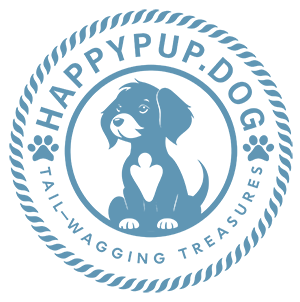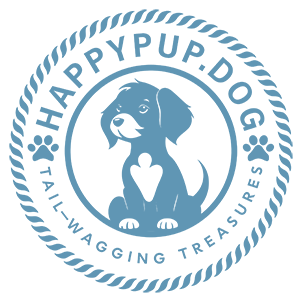How To Potty Train Your Dog: Tips & Tricks Revealed!
Potty training is one of the most essential aspects of bringing a new dog into your home. Understanding the basics is crucial for ensuring a smooth transition for both you and your furry companion. To successfully learn how to potty train your dog, you must first grasp the concept of consistency, patience, and positive reinforcement.
Start by establishing a routine that includes:
- Frequent bathroom breaks: Take your dog out at regular intervals, especially after meals, playtime, and naps.
- Designated potty area: Choose a specific spot outside where your pup can relieve themselves. This will help them associate the area with potty time.
- Positive reinforcement: Praise your dog and offer treats immediately after they go potty in the right place. This encourages them to repeat the behavior.
Moreover, accidents are bound to happen, especially in the early stages. It's crucial to avoid scolding your dog; instead, clean up messes without fuss to maintain a positive environment. Remember, dogs respond best to encouragement rather than punishment.
By understanding these basics, you set a solid foundation for successful potty training. Treat your furry friend to the joy they deserve with our range of delicious and nutritious dog treats to further motivate them during their training journey!
Choosing the Right Supplies for Successful Training
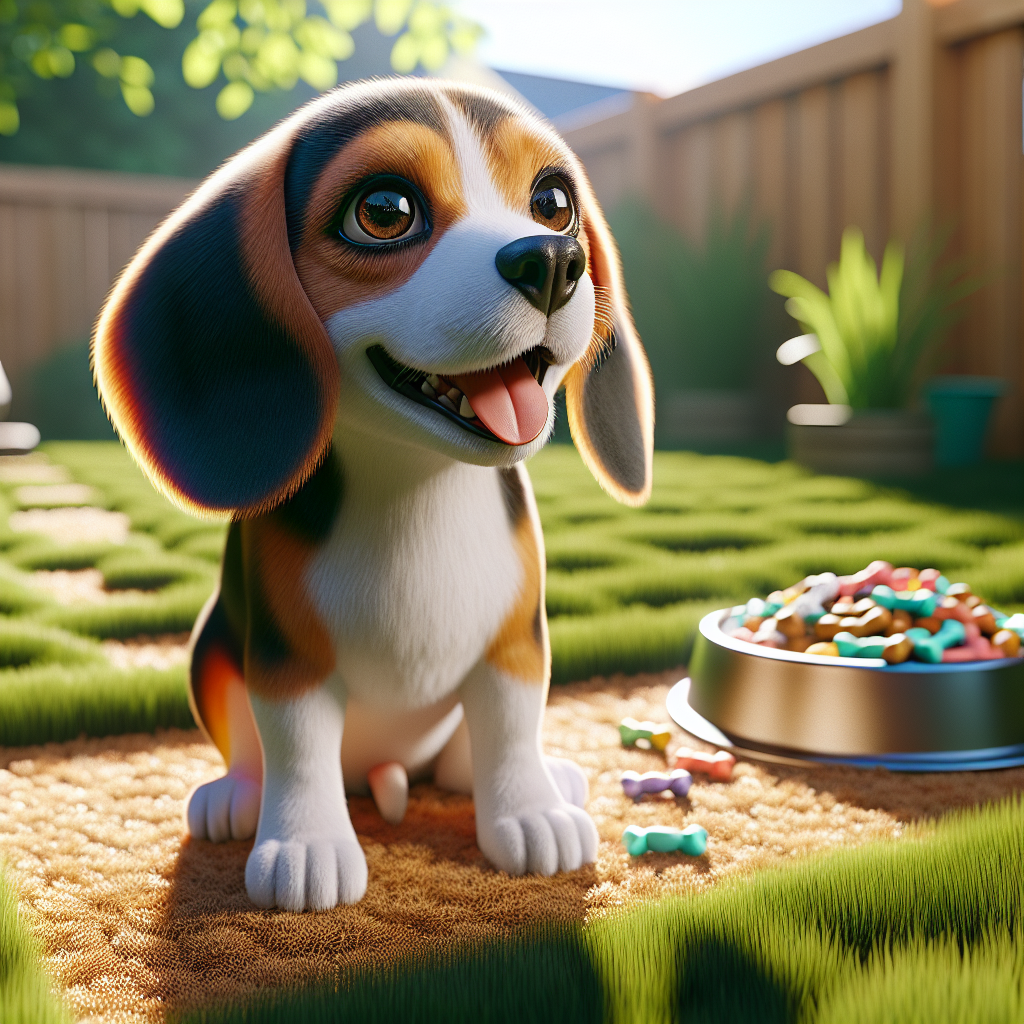
When embarking on the journey of potty training your dog, having the right supplies can significantly influence your success. The appropriate tools not only make the process easier but also ensure that your dog feels comfortable and secure throughout their training.
Here are some essential supplies to consider:
- Potty Training Pads: These absorbent pads are perfect for indoor training, especially for puppies or during inclement weather. They help protect your floors and provide a designated spot for your dog to relieve themselves.
- Leash and Collar: A sturdy leash and comfortable collar are vital for taking your dog outside. They provide control and safety while helping your dog associate outdoor time with potty breaks.
- Enzymatic Cleaners: Accidents happen, and using an enzymatic cleaner helps eliminate odors that might attract your dog back to the same spot. This is important for preventing repeated accidents.
- Dog Treats: High-quality, healthy dog treats are essential for positive reinforcement. They reward your pup for their successes and encourage them to continue good behavior.
Investing in these supplies will make the potty training experience smoother for both you and your dog. With the right tools in hand, you're well on your way to establishing a successful potty routine!
Establishing a Consistent Potty Schedule for Your Dog
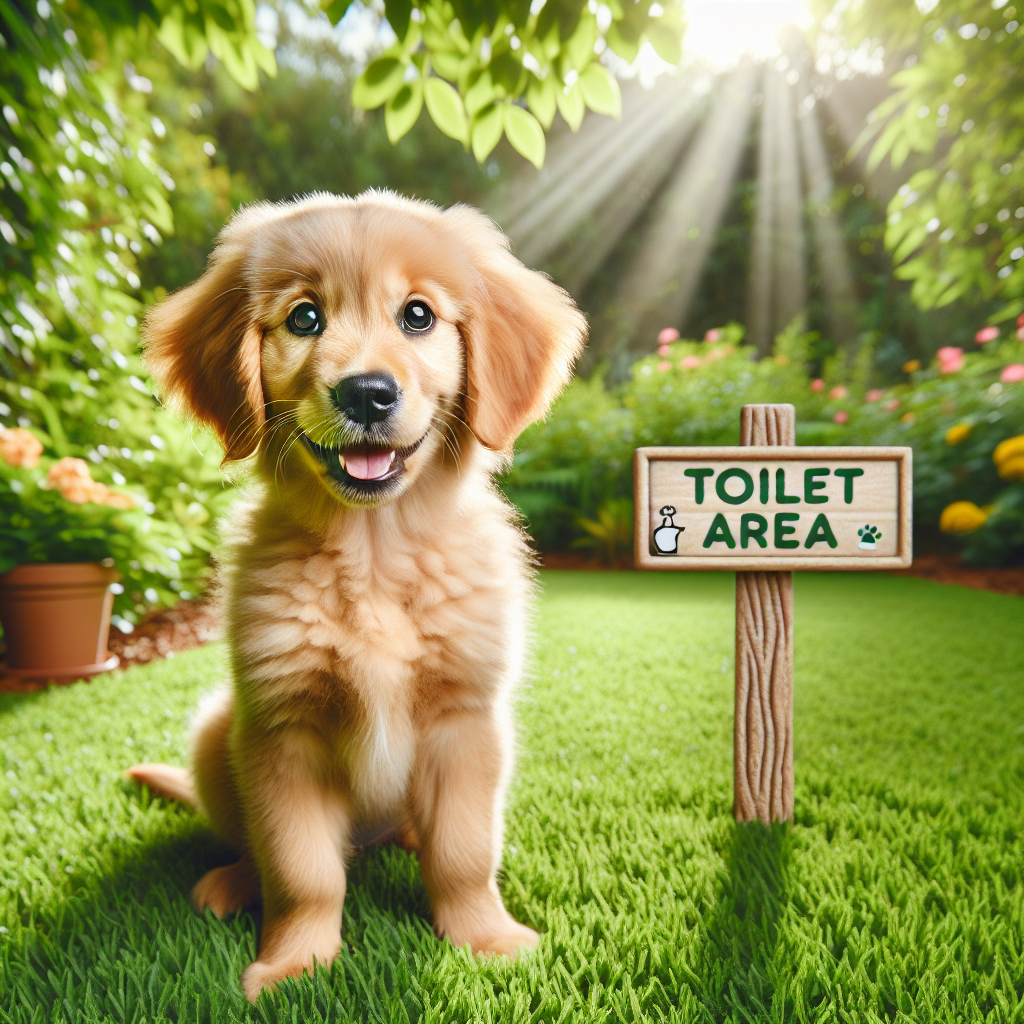
Establishing a consistent potty schedule is crucial for effective potty training. Dogs thrive on routine, and having a set schedule helps them understand when and where they are expected to relieve themselves. This not only aids in their training but also reduces the likelihood of accidents in your home.
Here are some tips to create a successful potty schedule:
- Frequent Outdoor Breaks: Take your dog outside first thing in the morning, after meals, and before bedtime. Additionally, consider giving them a break every couple of hours during the day, especially for puppies.
- Monitor Water Intake: Pay attention to when your dog drinks water. If they tend to drink a lot at certain times, adjust your schedule to include more frequent potty breaks following their drinking sessions.
- Regular Feeding Times: Feeding your dog at the same times each day helps regulate their bathroom habits. After eating, dogs often need to relieve themselves within 15-30 minutes, so be ready to take them outside.
- Use Commands: Associating a specific command with potty time, such as "Go potty!" can signal to your dog that it’s time to relieve themselves. Consistent use of this command during potty breaks reinforces the behavior.
By adhering to a consistent potty schedule, you’ll help your dog learn to anticipate when they can go outside, making the entire training process smoother and more effective.
Positive Reinforcement Techniques for Potty Training
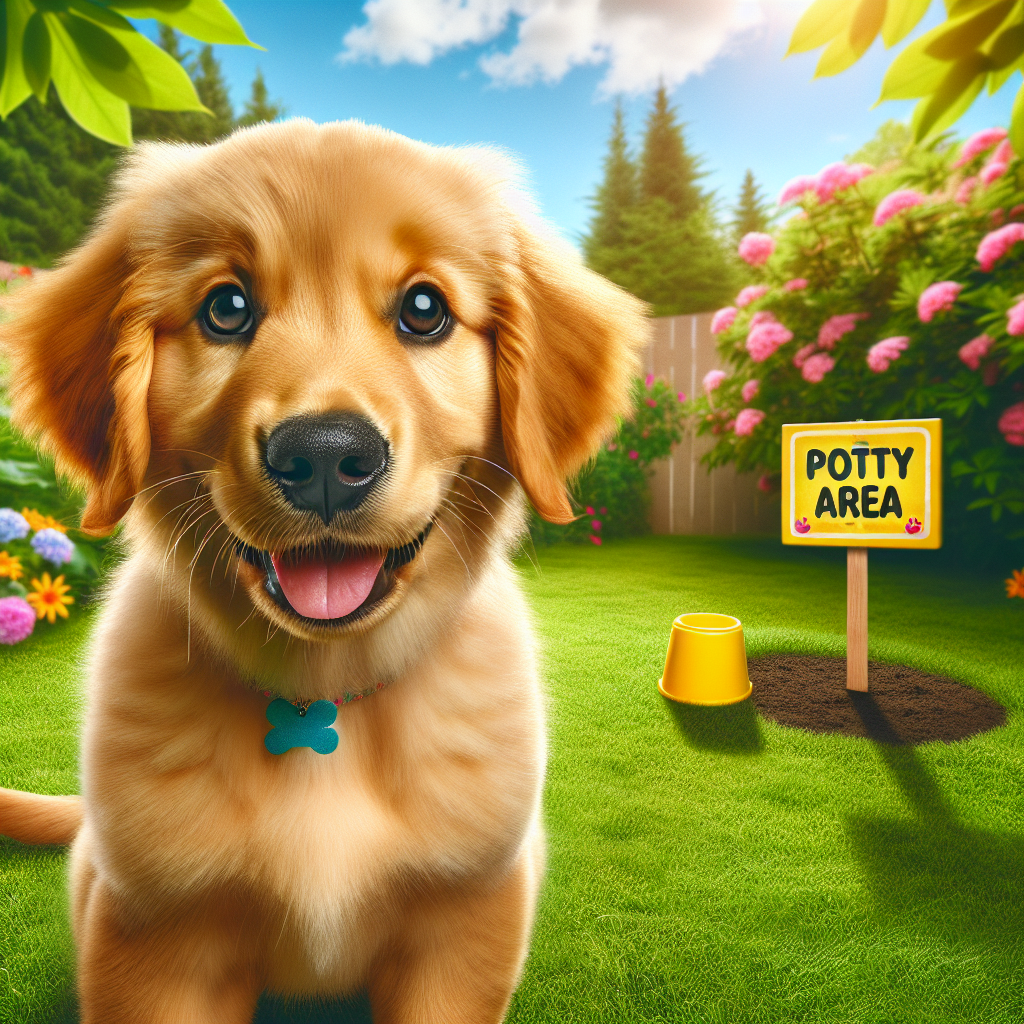
Using positive reinforcement techniques is one of the most effective strategies for potty training your dog. This approach focuses on rewarding desired behaviors rather than punishing mistakes, which helps to build a trusting relationship between you and your furry friend.
Here are some key positive reinforcement methods you can implement during potty training:
- Immediate Praise: As soon as your dog relieves themselves in the correct spot, offer enthusiastic praise. Use a cheerful voice to say "Good boy!" or "Good girl!" to reinforce the behavior.
- Use Treats: Keep a stash of your dog’s favorite treats handy. When they successfully go potty outside, give them a treat right away. This creates a positive association with the act of going to the bathroom outdoors.
- Clicker Training: If you’re familiar with clicker training, use a clicker to mark the exact moment your dog does their business outside. Follow this with praise or a treat. The sound of the clicker will help them understand which behavior is being rewarded.
- Consistency is Key: Ensure that everyone in your household uses the same commands and rewards. Consistency will help your dog learn more quickly and reduce confusion.
By incorporating these positive reinforcement techniques, you’ll encourage your dog to repeat good potty habits while fostering a happy and trusting bond. Remember, patience and persistence are essential as you guide your pup through this learning process.
Common Mistakes to Avoid When Potty Training
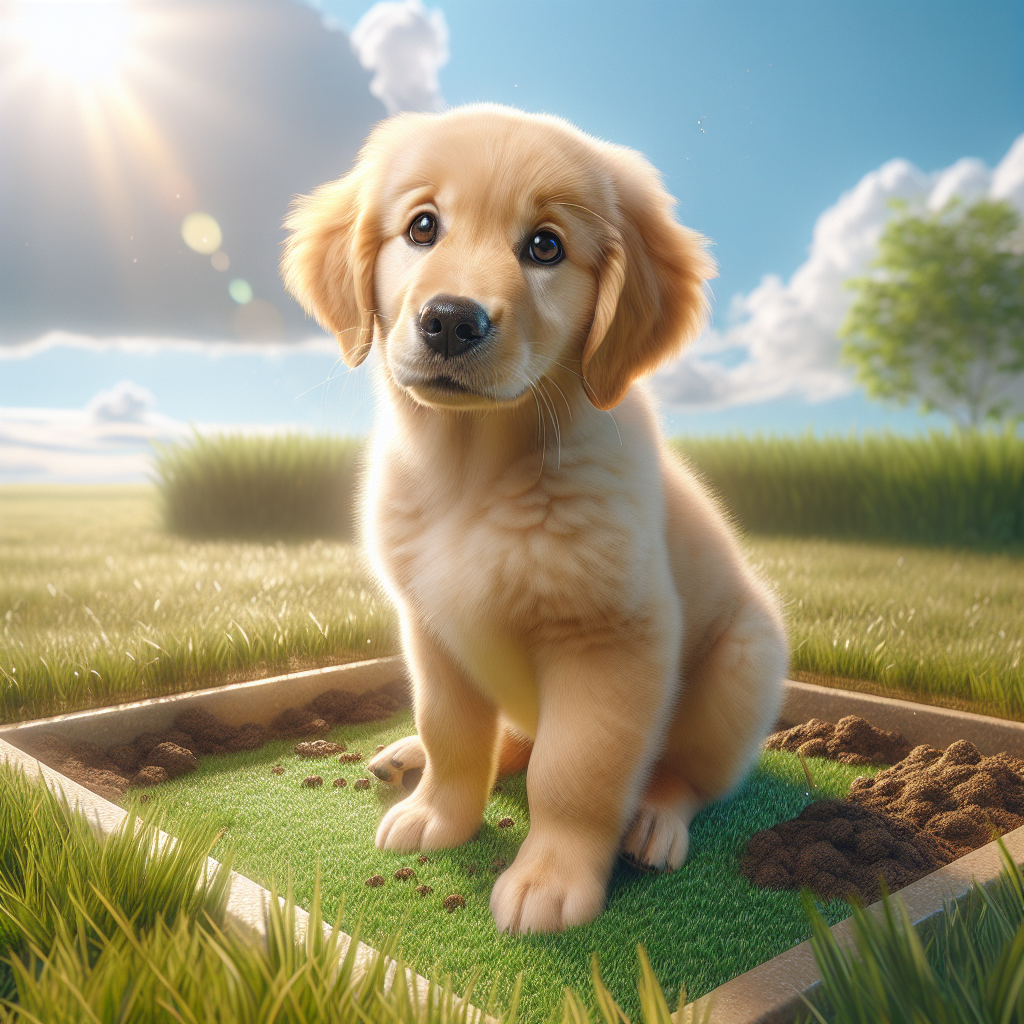
Potty training can be a challenging process, and it's crucial to avoid common pitfalls to ensure a smooth experience for both you and your dog. Here are some common mistakes to avoid when potty training:
- Inconsistency: One of the biggest mistakes is being inconsistent with potty training rules and schedules. If you allow your dog to relieve themselves inside one day but scold them the next, it can lead to confusion. Stick to a routine to help your dog understand what is expected.
- Ignoring Signs: Dogs often give signals when they need to go outside, such as sniffing around or whining. Ignoring these signs can lead to accidents. Always be attentive and ready to take your dog out when they show these behaviors.
- Delayed Praise: Timing is everything when it comes to rewards. Delaying praise or treats until after your dog has finished can confuse them. Make sure to reward them immediately after they relieve themselves outside.
- Overusing Punishment: Punishing your dog for accidents can create fear and anxiety, which may hinder their learning. Instead of scolding, focus on reinforcing positive behaviors and redirecting them to the appropriate area.
- Skipping the Cleanup: If an accident happens indoors, it's vital to clean the area thoroughly to eliminate any lingering odors. Dogs have a strong sense of smell and may return to the same spot if the scent remains.
By avoiding these common mistakes, you can create a positive and effective potty training experience. Remember that patience and understanding are key to successfully guiding your dog through this important learning phase.
Troubleshooting Potty Training Challenges with Your Dog
Even with the best training methods, you may encounter challenges while potty training your dog. Understanding how to troubleshoot these issues can make a significant difference in your success. Here are some common challenges and how to address them:
- Frequent Accidents: If your dog continues to have accidents indoors, it might be a sign of a medical issue. Consult your veterinarian to rule out any health problems. If health issues are not the cause, re-evaluate your training consistency and schedule.
- Reluctance to Go Outside: Some dogs may hesitate to relieve themselves outside due to distractions, fear, or discomfort with the environment. Try to create a calm atmosphere by minimizing distractions and using positive reinforcement to encourage them to go outside.
- Marking Behavior: If your dog is marking their territory inside the house, it may indicate a behavioral issue rather than a potty training failure. Neutering or spaying can help reduce this behavior, along with consistent training and supervision.
- Regression: If your dog has previously been potty trained but suddenly starts having accidents again, it can be due to stress, a change in routine, or other environmental factors. Revisit the basics of potty training and provide additional support during stressful times.
By identifying and addressing these challenges, you can help your dog overcome obstacles in their potty training journey. Remember, **patience** and **consistency** are essential. And while you’re at it, treat your furry friend to the joy they deserve with our range of delicious and nutritious dog treats to keep them motivated and happy during their training!
